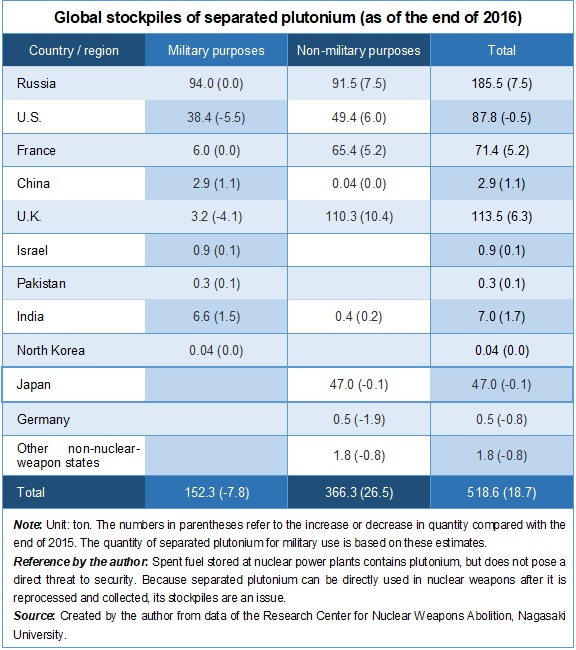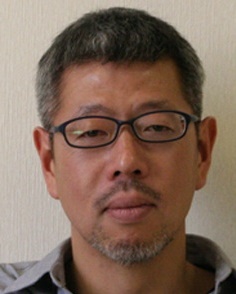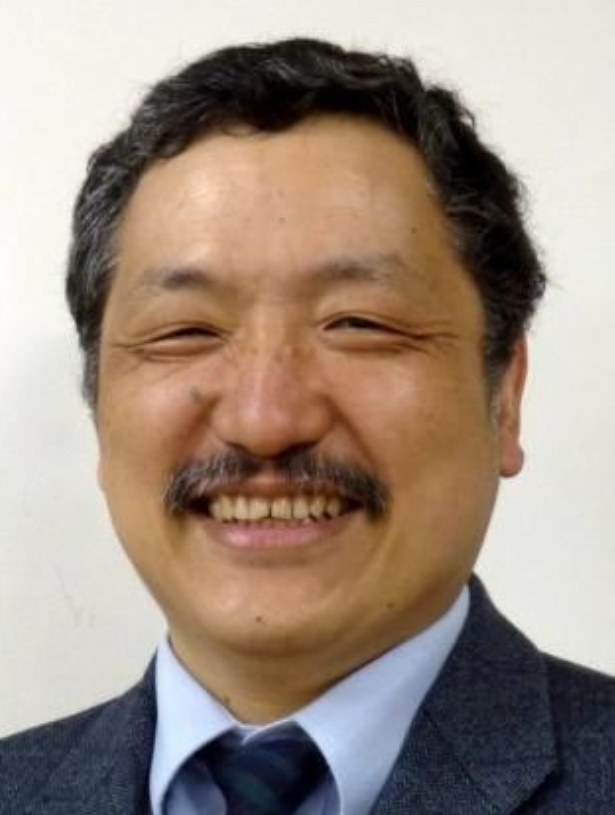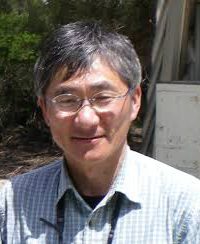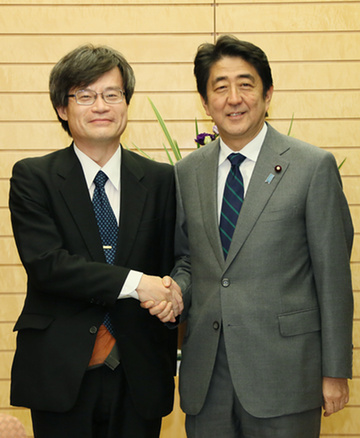The Question of Plutonium Management: Now is the Time to Establish New International Norms and Standards — Collaborative Management and Disposal of Surplus Materials
< Key Points >
- Stockpiles of plutonium for non-military purposes have increased globally
- It is necessary to strengthen the international management guidelines and set an upper limit on stockpiles
- It is essential to review reprocessing policies to reduce stockpiles

Prof. Suzuki Tatsujiro
On July 17, 2018, the Agreement for Cooperation Between the Government of the United States of America and the Government of Japan Concerning Peaceful Uses of Nuclear Energy reached its thirty-year expiration and was automatically extended. On the same day, the Strategic Energy Plan was approved at a cabinet meeting and making efforts to reduce the quantity of possessed plutonium was specified for the first time. What is the fundamental issue behind this development?
The issue of stockpiles is often considered a mistake in nuclear energy policy. However, it is imperative to regard it as a global security issue. I will explore solutions to this issue from a global perspective.
As of the end of 2016, global stockpiles of separated plutonium were estimated to be 518.6 tons, which is equal to 86,440 Nagasaki-type atomic bombs (refer to the chart). Global stockpiles of highly enriched uranium, which can be used immediately for nuclear weapons, were estimated to be 1,342.5 tons, which is equal to 20,977 Hiroshima-type atomic bombs. It is estimated that more than 100,000 nuclear bombs equivalent substances exist worldwide.
In the breakdown of the stockpiles, I classify plutonium into two groups: one for military purposes (quantity of plutonium included in nuclear weapons or stored for use in nuclear weapons) and one for non-military purposes (surplus quantity of plutonium defined as unnecessary for military purposes and quantity of plutonium stored for peaceful use). Nearly 90% of highly enriched uranium is for military purposes, while more than 70% of plutonium is for non-military purposes. In addition, approximately 290 tons, or about 80% of this plutonium, was collected from nuclear power plants for peaceful use. How to control the increase is currently the biggest question.
Only Japan possesses a massive amount of plutonium without any nuclear weapons. Although this plutonium is for peaceful use in atomic power, security experts are naturally concerned over Japanese plutonium stockpiles.
Regarding plutonium for non-military purposes, a set of voluntary guidelines for international plutonium management has been implemented since 1997, administered by the International Atomic Energy Agency (IAEA). According to the guidelines, nine of the world’s states possessing plutonium (Belgium, China, France, Germany, Japan, Russia, Switzerland, the United Kingdom and the United States) annually submit and publish their stockpiles, management and use policies to the IAEA.
Plutonium for civilian applications is under safeguards by the IAEA, but these stockpiles data are not published without the permission of states possessing plutonium. Therefore, the management guidelines are implemented to improve transparency and garner public trust, but there is growing recognition that simply following the guidelines is insufficient.
Amid this situation, the third Nuclear Security Summit in 2014 specified for the first time to “encourage to keep their stockpile of separated plutonium to the minimum level” along with highly enriched uranium. But the definition of “minimizing stockpiles” is ambiguous and the stockpiles continue to increase. The main causes are said to be the lack of progress on the disposal of plutonium and the continuation of reprocessing to recover plutonium from spent nuclear fuel.
In addition, the reprocessing activity will reach a significant point in a few years. Japan’s Rokkasho Reprocessing Plant (capable of producing 8 tons of plutonium annually) plans to start operation in 2021. China has also announced that it will build a commercial reprocessing facility on the same scale. South Korea shows an interest in reprocessing, too, which suggests the possibility of plutonium production significantly increasing in Asia.
On the other hand, the United Kingdom will withdraw from reprocessing in the immediate future. Thus important decisions about reprocessing will be made in a coming few years. Now might be the perfect time to establish new international norms and standards on the management and disposal of plutonium, for which I propose three options.
Firstly, I propose the strengthening of international management guidelines. Currently, they focus on maintaining the balance between supply and demand, but lack a policy for controlling stockpiles. Therefore, it is necessary to clarify a policy for imposing an upper limit on stockpiles and control the quantity of reprocessed plutonium to limit any increase.
The goal of reducing stockpiles in the long term, as specified by the Japan Atomic Energy Commission in its 2017 White Paper on Nuclear Energy, and the policy of reprocessing only some of the plutonium whose demand has been clarified can also be used as reference points. In addition, it is possible to clarify the concept of the minimal necessary working stock, as shown in the management guidelines, as the quantity necessary for the next three years, for example, and to define a policy of not possessing stockpiles larger than that.
With respect to stockpiles larger than required, it is necessary to establish a system called international plutonium storage (IPS), under which the stockpiles are managed by the IAEA as surplus plutonium. This scheme has been proposed many times since the peaceful use of atomic power began, but has yet to be realized.
There can be other forms of IPS. It is conceivable that states which currently possess a huge amount of plutonium, such as the United States, the United Kingdom, France and Russia, establish IPS within states possessing nuclear weapons as the host organization. It is also conceivable that the IAEA be commissioned to manage plutonium within states that currently possess plutonium, avoiding the transportation of plutonium. These schemes are expected to effectively boost the transparency and credibility of stockpiles and control future increases in stockpiles.
Secondly, I propose international cooperation in the disposal of plutonium. The first norms and standards are unlikely to singlehandedly reduce the quantity of plutonium. Making plutonium in spent fuel into mixed uranium-plutonium oxide (MOX) fuel and burning it at existing nuclear power plants is considered most effective. Another method is to stably solidify plutonium and dispose of it deep underground.
Countries such as Japan, France and Russia regard plutonium as a resource and are promoting the MOX fuel scheme, which enables plutonium to be used as energy. However, Japan has a small number of nuclear reactors that allow plutonium to be burned and is slow to reduce its stockpiles. In addition, the MOX fuel scheme is extremely expensive. Currently, the United States is developing technology to stably solidify plutonium and directly dispose of it. The United Kingdom is also developing the technology for direct disposal along with the MOX fuel scheme. Joint research and development of these disposal technologies is also worth discussing.
Another idea for international cooperation is a transfer and swap of the rights to possess plutonium. Small-scale swaps were previously implemented for commercial reasons and this scheme is likely to be materialized. In particular, the idea of taking the title of foreign-owned plutonium stored within the United Kingdom, which the country has introduced, significantly makes it possible to eliminate the transportation of plutonium, which poses a high risk for nuclear terrorism.
Thirdly, I propose a review of the policy on reprocessing, which is becoming increasingly unreasonable and unnecessary in terms of plutonium management. Even if plutonium were required as an energy source, it would take thirty years to consume the current stockpiles.
It is desirable for the related countries to agree on a policy of temporarily suspending reprocessing both for civilian and military purposes, agreeing not to establish new reprocessing plants until the current stockpiles are reduced, and gradually abolish reprocessing in the future.
It is necessary to approach the plutonium issue from the perspective of global security, and new norms and standards are required for the management and disposal of plutonium from this perspective. Japan can and should act as a leader in that area.
Related articles:
- Three Years after the Earthquake and the Nuclear Accident Where Energy Policies Will Go from Here — A Conversation about the Basic Energy Plan (Dialogue between UETA Kazuhiro and SUZUKI Tatsujiro)
https://www.japanpolicyforum.jp/backnumber/no22/pt20140628122948.html - HOW HAS JAPAN TREATED NUCLEAR POWER? (by SUZUKI Tatsujiro, TAKEDA Toru, MIZUNO Noriyuki)
https://www.japanpolicyforum.jp/archives/politics/pt20111004124555.html
Translated by The Japan Journal, Ltd. The article first appeared in the “Keizai kyoshitsu” column of The Nikkeinewspaper on 26 July 2018 under the title, “Purutoniumu kanri no ronten (I): Aratana kokusaikihan kakuritsu no toki — Jin’i teki haishutstu wo zero shishin ni (The Question of Plutonium Management (I): Now is the Time to Establish New International Norms and Standards).” The Nikkei, 26 July 2018. (Courtesy of the author)
